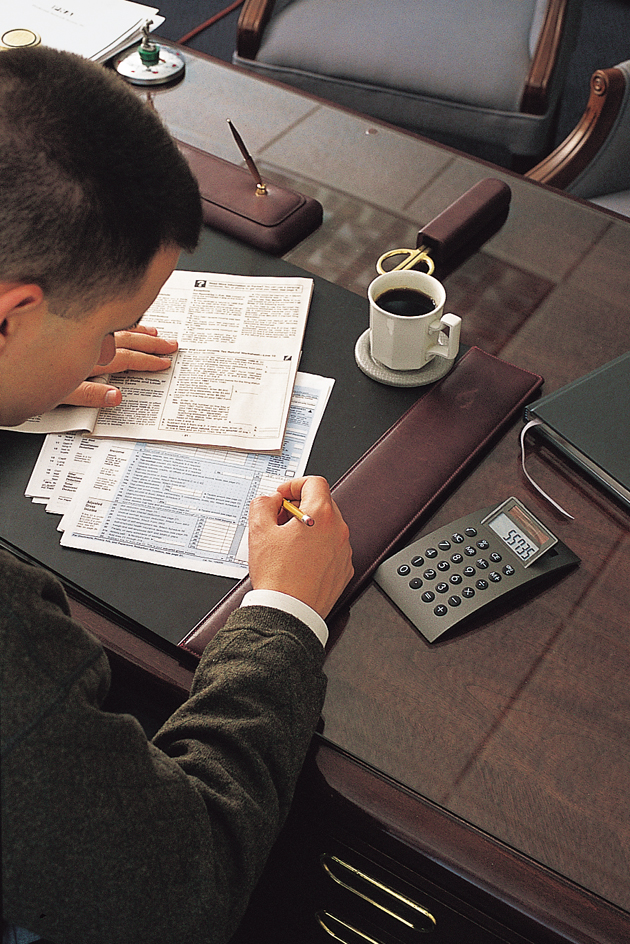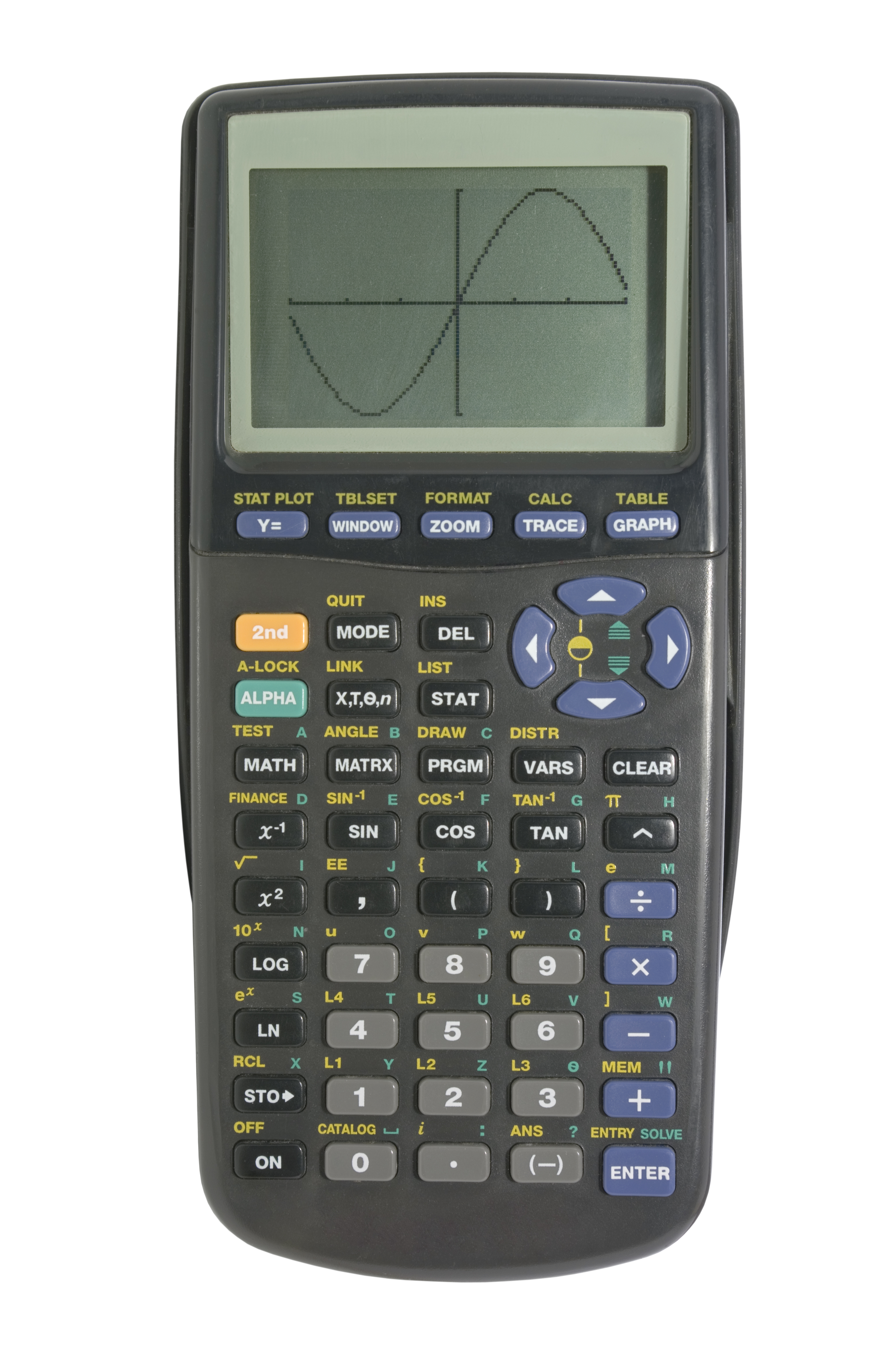Calculator is a device that adds, subtracts, multiplies, divides, and performs many other mathematical operations quickly and accurately. Manufacturers produce small, simple calculators, and also many types of specialized calculators that perform complex functions necessary for accounting, engineering, science, and statistics.

People developed early calculating devices more than 2,500 years ago. Ancient merchants tracked sums by grouping small objects on a counting board or by sliding beads on an abacus. In the 1620’s, English mathematician William Oughtred invented an early slide rule. Oughtred’s device used sliding scales of numbers known as logarithms to quickly estimate the results of complicated multiplication calculations. In the 1640’s, French mathematician Blaise Pascal invented a calculating machine that performed addition and subtraction.
For many years, most engineers, scientists, other professionals, and advanced math students relied on slide rules to perform computations. In the 1960’s, manufacturers began producing bulky electronic calculators that stood on a desktop. By the 1970’s, many desktop calculators had some computerlike features, such as the ability to store data on hard disks or magnetic tape. Printing calculators provided a visual output of operations on paper tape, enabling operators to verify and permanently save results.
In the 1970’s, convenient and affordable small calculators became popular. Most calculators today are electronic, using miniature circuits to perform calculations. Many people use small, inexpensive calculators to help balance checkbooks, figure percentages, or quickly total columns of numbers. Some handheld calculators provide printed output, but most are display calculators, which show entries and results on a small screen.

Also starting in the 1970’s, manufacturers created increasingly powerful scientific calculators that handle cube roots, logarithms, scientific notation, trigonometry, and other complex functions. Most have a memory, which can store numbers and instructions for solving problems at a later time. Programmable calculators can handle complicated, multistep tasks similar to those performed by computers. Users can store sets of instructions called programs in the calculator’s memory, which customize and automate complicated operations. Graphing calculators, which are commonly used in advanced math classes, can display solutions for equations as graphs. Financial calculators, also called business calculators, handle functions often needed in finance work, such as computing interest payments or investment returns.

